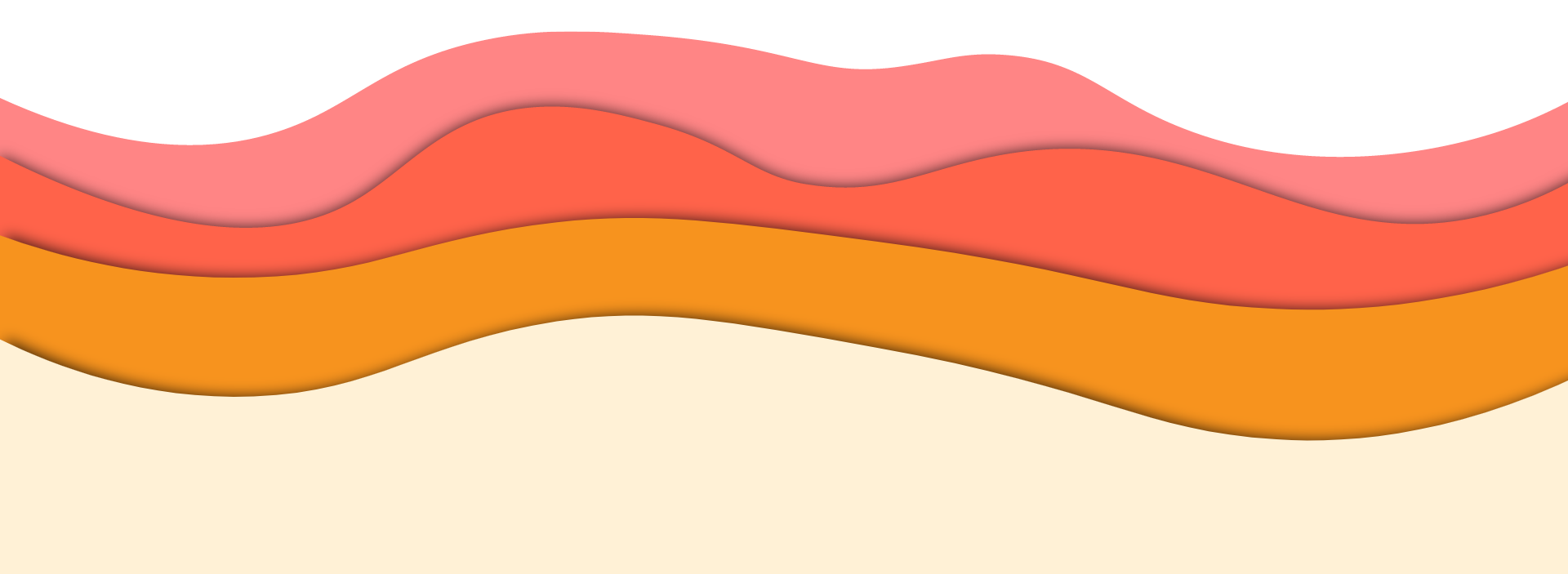Systolic (i.e. pumping) function
At rest, when the left ventricle pumps (known as ‘systole’), it should empty about 55% of its blood content through the aortic valve and around the rest of the body. This percentage is the ‘left ventricular ejection fraction (LVEF)’, and it is the most useful measure of systolic function. Systolic function is classified as follows:
- LVEF >55% – normal systolic function
- LVEF 50-55% – borderline (or low-normal) systolic function:
- This is often a normal finding, and is particularly common in athletic hearts which, over time, may have adapted and enlarged in response to repeated strenuous exercise. As a result, at rest, athletic hearts may not need to pump as forcefully as non-athletic hearts, and hence their ejection fraction may be slightly reduced
- Our sonographers may sometimes refer to any LVEF >50% as ‘preserved’ i.e. not reduced, which is a reassuring finding
- LVEF 45-50% – mildly impaired systolic function
- LVEF 35-45% – moderately impaired systolic function
- LVEF <35% – severely impaired systolic function
- LVEF >70% – hyperdynamic (i.e. higher than normal) systolic function
Almost all abnormal heart conditions, if left untreated long enough, can cause a reduction in systolic function. The most common symptoms are shortness of breath, fatigue, and ankle swelling. Sometimes, the cause of the systolic impairment is very obvious on an echo (for example, a severe valve abnormality or an inherited heart muscle condition such as dilated cardiomyopathy). However, occasionally the cause is not always clear from an ultrasound alone (for example, we cannot directly visualise coronary artery disease or certain rare inflammatory disorders of the heart), and you will need to be referred for further tests via your GP. All patients with significant systolic impairment will be contacted by our Medical Director to discuss the next steps, which will usually include referral on to your local Cardiologist through your GP. The necessary treatments to try and improve systolic impairment depend on the underlying cause, but include measures to improve the blood flow to the heart, medications, lifestyle changes and, in some cases, implantable devices.

